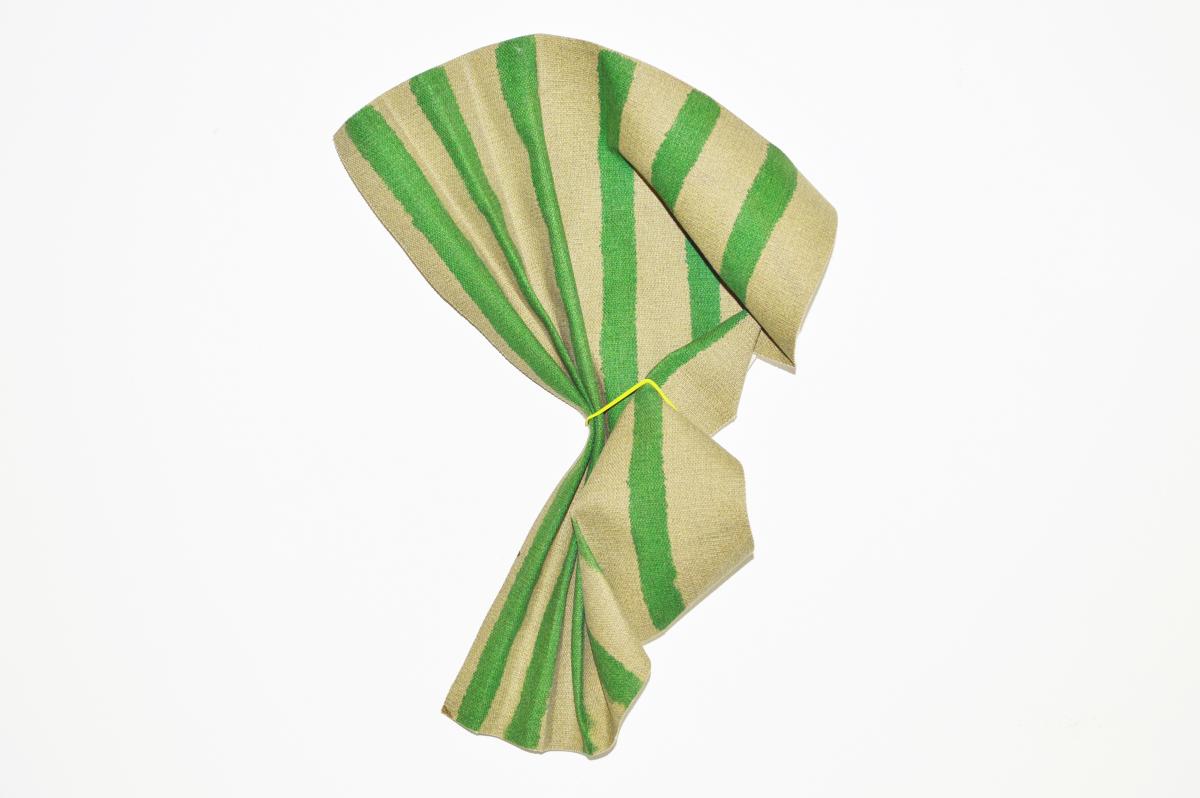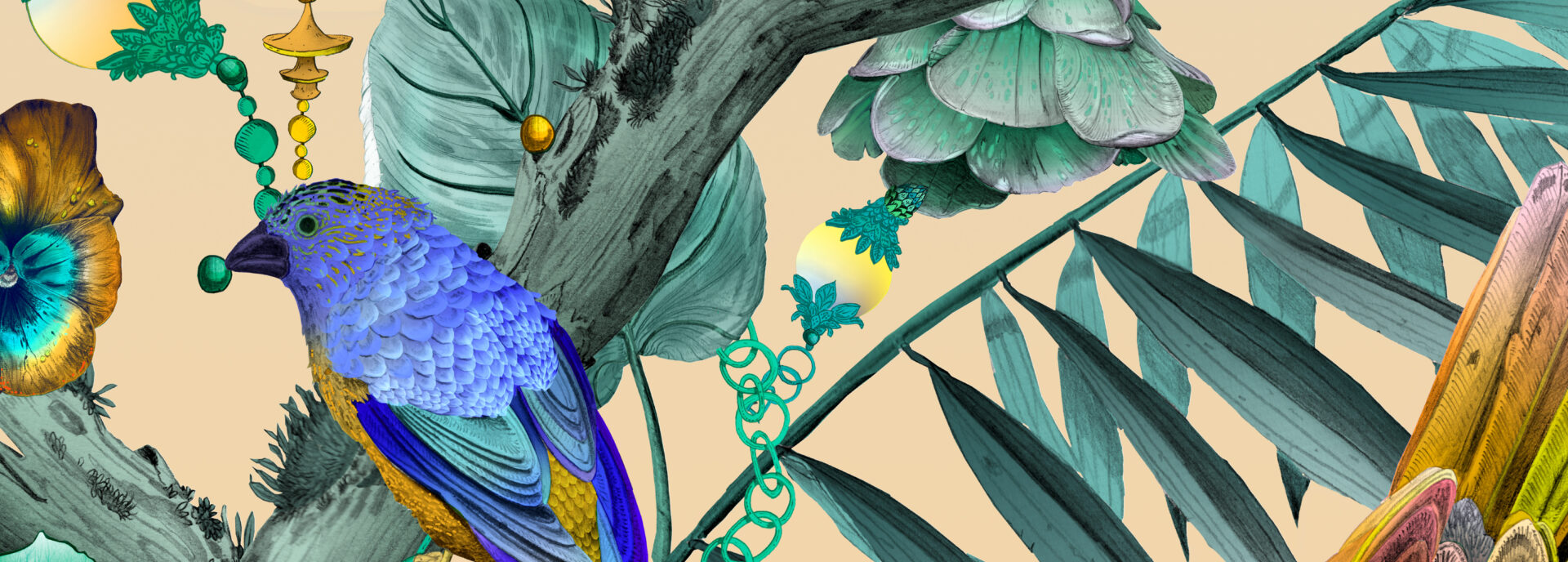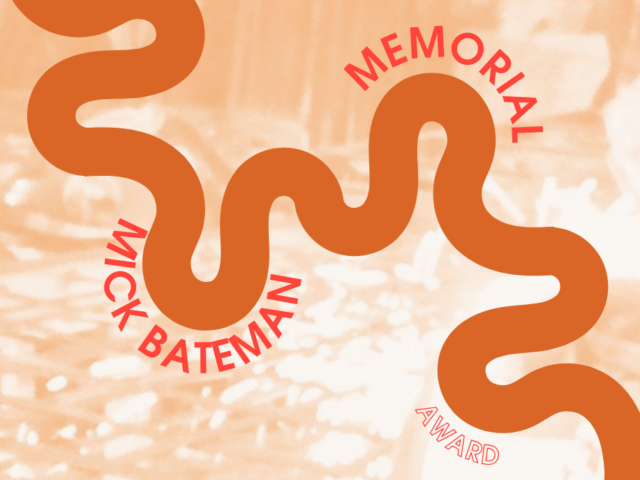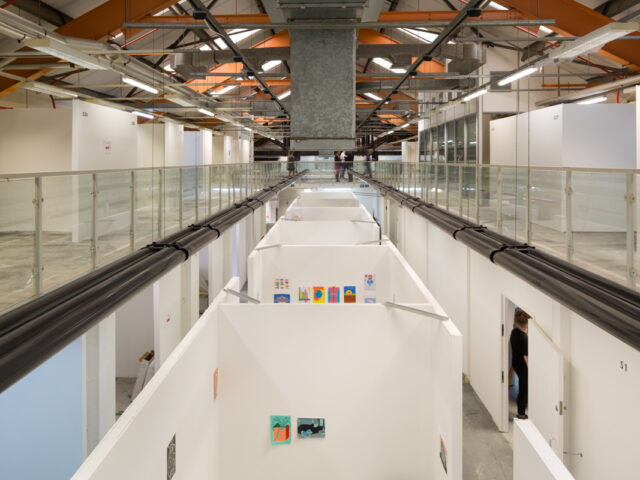An Intern’s Perspective on Wrapping 20 Prints
To celebrate the 20th anniversary of Bow Arts, the Nunnery Gallery has curated 20 Prints for 20 Years, a series of limited edition prints from Bow Studio artists as well as several collaborative prints created by young artists with the Bow Education team. The twenty prints will be displayed in the Carmelite Café starting December 9th and are available for purchase (just in time for Christmas).
Marcel Baettig, CEO and founder of Bow Arts, says aptly of the exhibit, “I was blown away by the sheer diversity and quality of the pieces…The series is a truly fitting representation of the talent we foster here at Bow Arts”. The series truly captures the diversity of the Bow Studio artists, for each artist featured brings their own unique training, focus, influences and direction.
As I’ve spent the past few days packaging all of these prints I’ve had quite a lot of time to look closely at them, noticing new details within each one every time I wrap it up in cellophane, and finding that as I move onto the next one, each of the 20 prints becomes a new favourite in turn. After spending hours cutting cardboard and cellophane for these prints I’ve become a bit attached to every one of them, imaging how I’d frame them all in my flat, but I have picked three that I have found particularly compelling and that I would like to highlight.
Ophelia, Study is a striking print by artist G. Roland Biermann. Biermann’s print Ophelia, Study is part of a larger series titled ‘Ophelia’ that explores themes of death and beauty through photographs of plastic bags in oil. Biermann states that, “The use of oil and its derivatives, in this case oil-based consumer products such as plastic bags, becomes a metaphor for the cyclical and antagonistic nature of matter and thought, constantly in a state of flux and mutation”. Since reading Hamlet in high school I’ve loved the story of Ophelia and recently it seems that I keep finding myself noticing works on the subject such as Redon’s Ophelia among the Flowers in the National Gallery and Millais’ Ophelia in Tate Britain. Biermann’s print gives a modern interpretation of the story using oil and plastic, two currently controversial or troubling materials, which form a beautiful image that seems to be removed from any context and creating an almost haunting effect.
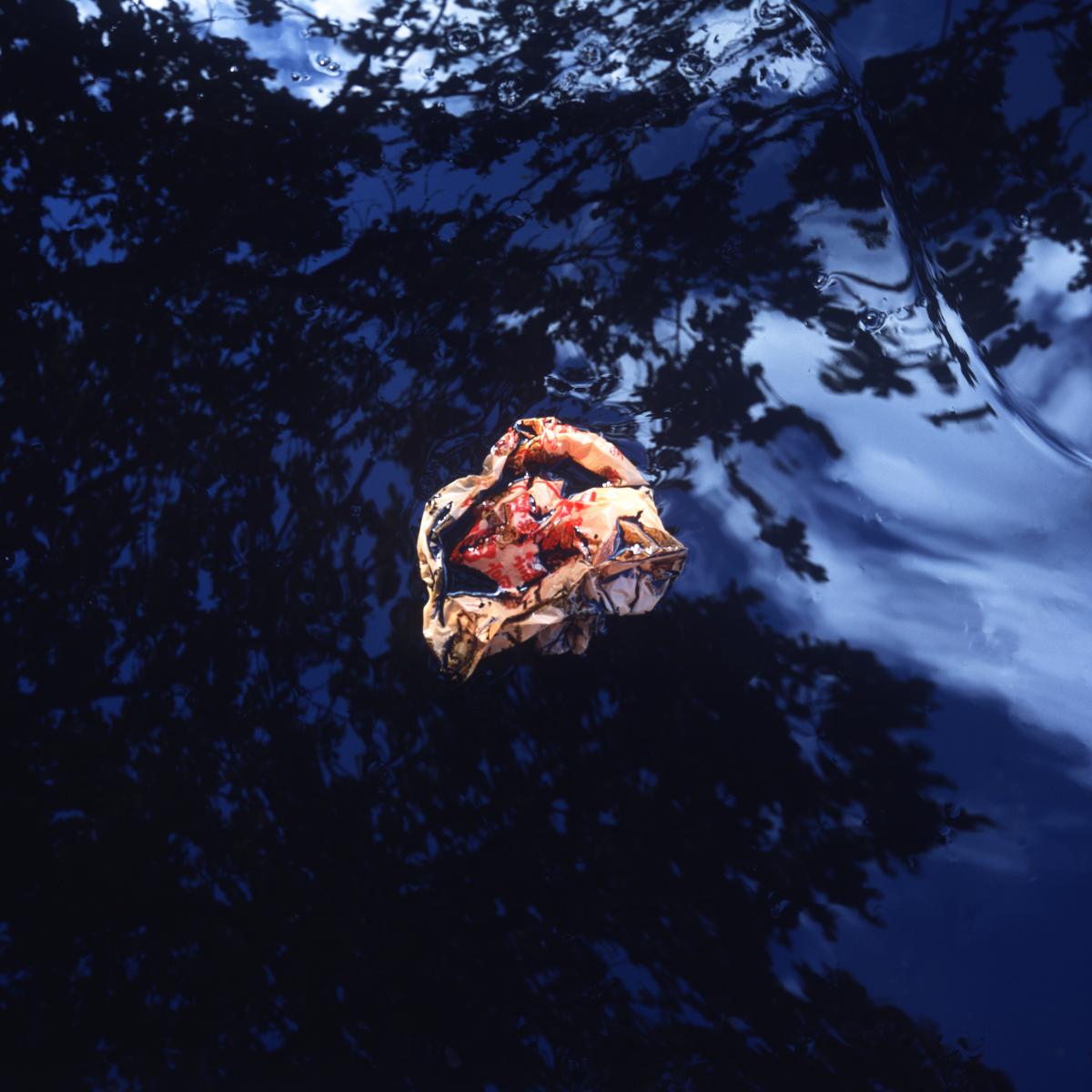
Ecclesiastical Botanica is a graphic textile piece by artist Kit Miles. Kit Miles is a designer and founder of Kit Miles studio in London. Mile’s designs can be described as dreamy and surreal with a futuristic spin on historic designs. In regard to his bold use of colour Miles says, “Colour for me is freedom and has endless possibilities. I use colour to pull the viewer’s eye around a repeat, showing them images and juxtapositions to convey narrative—it’s a critical party of storytelling”. As a big William Morris fan, this print reminded me of a modern take on his Trellis woodblock with the branch in Mile’s print seeming to come forward and back in space, similar to the birds in Morris’ print. I find Ecclesiastical Botanica a compelling piece; on first look the design has a computer rendered look but when examined closer the hand details become clear with each mark on the birds and leaves contrasting with the flat background, causing the graphics to pop out even more.
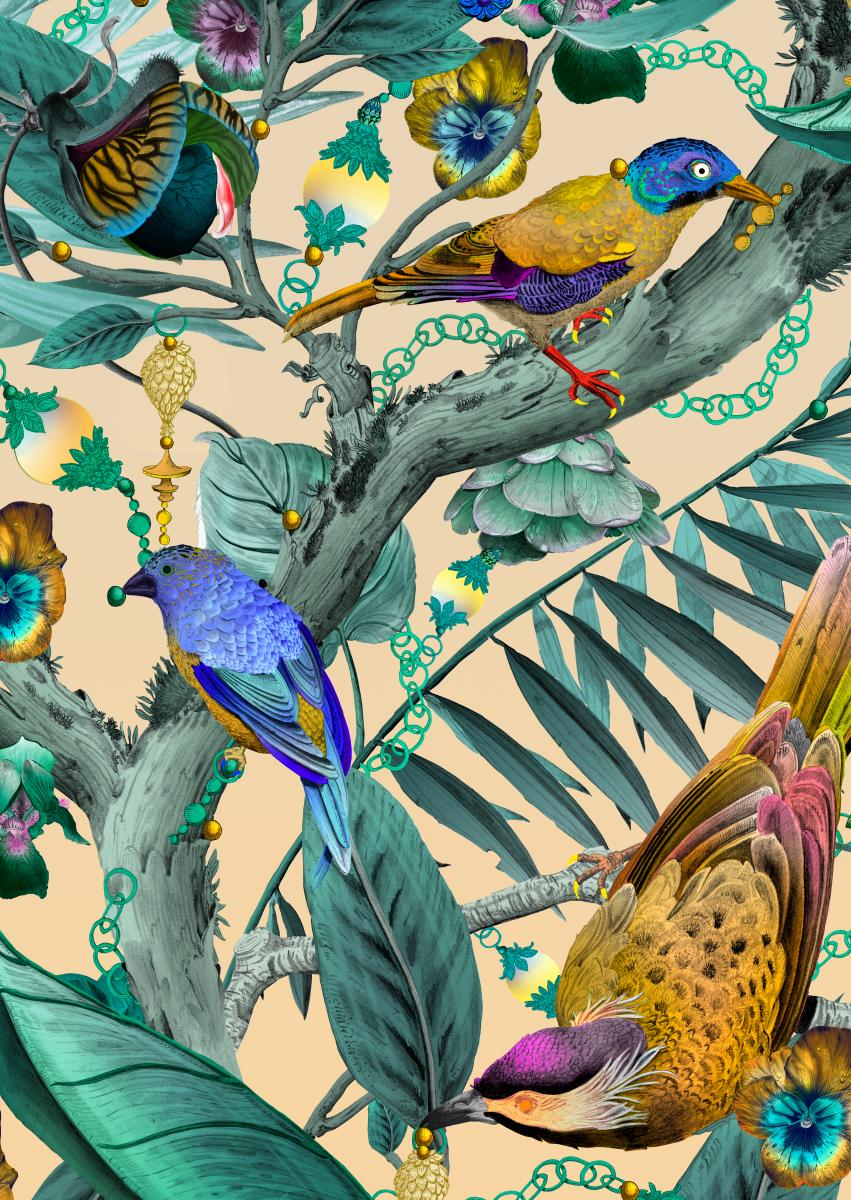
Green Pinch is a print by Malina Busch. Busch’s work explores the ephemeral qualities of many materials as she is “interested in fleeting moments and sensations which are not fully understood because they are only briefly glimpsed or experienced”. She states that, “I consider each artwork to be a small piece of a memory. Similar to the process of attempting to remember an event; each form, mark, or colour comes to the foreground to exist briefly within the experience of the artwork before dissolving. Each painted mark or folded crease suggesting an action which has already occurred, but where its memory has lingered through the traces that it has left behind”. I find this print extremely compelling. Apart from being very visually appealing, there’s something captivating about the fact that this folded cloth no longer exists except in this photograph.
